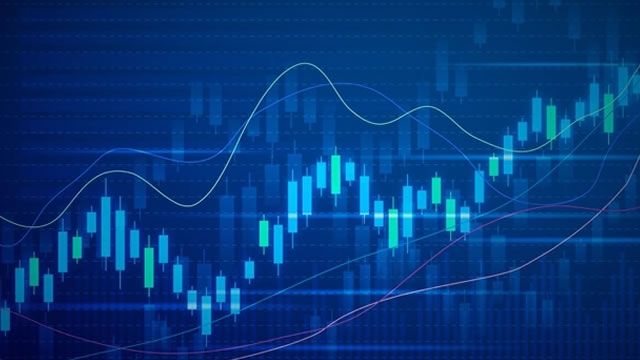Gold prices have recently reached a new all-time high, causing excitement and speculation among investors around the world. With prices currently above $2,800, many are optimistic about the possibility of gold reaching $3,000 by next month.
The rise in gold prices can be attributed to a variety of factors, including economic uncertainties, geopolitical tensions, and a weakening US dollar. Investors often turn to gold as a safe haven asset during times of market volatility, which has contributed to the surge in prices.
If gold continues to stay above $2,800 by next Friday, the possibility of reaching $3,000 in February seems very likely. This milestone could have significant implications for both individual investors and the global economy.
For individual investors, a rise in gold prices can mean increased portfolio gains and a sense of security during uncertain times. Gold is often seen as a hedge against inflation and currency depreciation, making it an attractive asset for those looking to diversify their investment portfolios.
On a global scale, a surge in gold prices can impact various sectors, including mining, jewelry, and central banks. Higher gold prices can boost profits for gold mining companies, while also increasing the value of gold reserves held by central banks. The jewelry industry may see a shift in consumer preferences as higher prices could lead to a decrease in demand for gold jewelry.
Overall, the rise in gold prices to $3,000 would mark a significant milestone for the precious metal and have far-reaching effects on both individual investors and the global economy.
How it will affect me:
As an individual investor, a rise in gold prices could mean increased returns on my investment portfolio. Gold is often considered a safe haven asset, so higher prices could provide a sense of security during times of economic uncertainty. However, it’s important to consider the potential risks and volatility associated with investing in gold.
How it will affect the world:
A surge in gold prices could have ripple effects on the global economy, impacting sectors such as mining, jewelry, and central banks. Higher gold prices may lead to increased profits for gold mining companies, while also influencing consumer preferences in the jewelry industry. Central banks holding gold reserves may see an increase in the value of their assets, impacting monetary policies and international trade.
In conclusion, the recent surge in gold prices to a new all-time high has sparked optimism among investors and raised speculation about the possibility of gold reaching $3,000 in the near future. This milestone could have significant implications for both individual investors and the global economy, reshaping investment strategies and influencing various sectors. As we continue to monitor gold prices in the coming weeks, it will be interesting to see how this trend unfolds and what impact it will have on the financial landscape.





